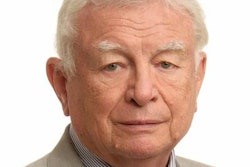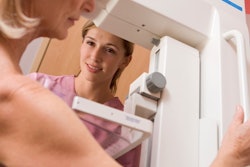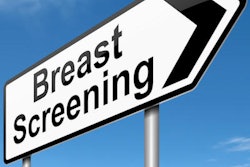
As the fallout continues from the announcement last week of a major computer glitch in the U.K. national mammography program, screening pioneer Dr. László Tabár has entered the debate by calling for a re-evaluation of how the entire service is organized.
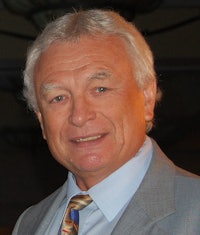 Dr. László Tabár.
Dr. László Tabár."After many years of overblown emphasis on the 'harms of screening,' finally the medical community is beginning to understand the harms of no screening," he told AuntMinnieEurope.com. "Most women have long understood the benefits of screening -- that is why they attend. It is most regrettable that a 'computer error' deprived so many women from the benefits of early detection of breast cancer."
Tabár, professor emeritus of radiology at Uppsala University in Sweden, is convinced this error must provide a stimulus to re-evaluate breast screening in the U.K., not least because of the following three other important problems with the current service:
- A three-year interval between screens allows far too many tumors to grow to an advanced stage.
- Women invited to screening should receive two-view digital mammography at a maximum interval of two years, and for pre-and perimenopausal women the interval should be shorter.
- Women with denser breasts need a multimodality approach to screening, i.e., a combination of digital mammography and automated breast ultrasound, so they receive the same benefit as women with less dense breasts.
"Today's breast cancer therapy is highly effective against small, screen-detected breast cancers, but has limited efficacy against advanced breast cancers," he said. "The real enemy is advanced breast cancer, and anything that allows a breast cancer to grow to an advanced stage before diagnosis is causing women harm. We have to do everything we can to prevent this from happening."
The missed screening invites in England is a sad story, but every setback gives an opportunity for improvement, and while some in the medical community still have an antiscreening ideology, women understand the harm they are exposed to when they are deprived of the benefits of screening, he added.
Media's role
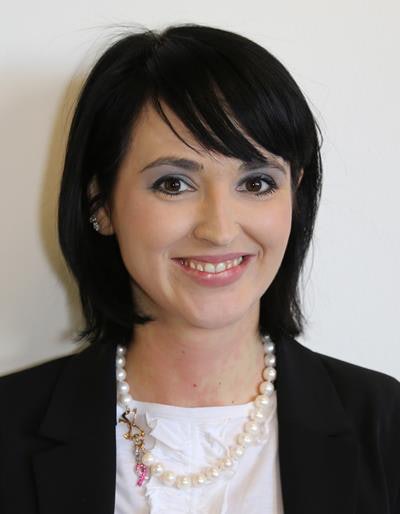 Dr. Elisabetta Giannotti. Photo by Christof. G. Pelz.
Dr. Elisabetta Giannotti. Photo by Christof. G. Pelz.Another important factor to consider here is how the incident has been reported by the media, according to Dr. Elisabetta Giannotti, a consultant radiologist at Nottingham Breast Institute City Hospital in Nottingham, U.K. The media does not always pass on accurate information, and as little as 20% of the media's output on medical topics is scientifically proven, she noted in an email to AuntMinnieEurope.com.
"This, I think, is a really scary issue and something we should work on," she said. "In the future, we should communicate better with the media in order to control the news that it passes on to the general population."
Prof. David Spiegelhalter, president of the Royal Statistical Society, is also worried about how the media has acted during the past week, and he thinks it is inaccurate to state categorically that 270 women have died as a result of the administrative blunder.
"Almost certainly, these women have not yet died of their breast cancer -- it's just that their life expectancy might have been reduced," he told listeners of the "More or Less" BBC Radio 4 program on 4 May.
Strain on screening units
Meanwhile, Dr. Caroline Rubin, vice president of clinical radiology at the Royal College of Radiologists (RCR), has voiced concern that the need to arrange additional appointments for thousands of missed patients will put even more strain on breast screening units that are already stretched to the limit due to staff shortages.
She welcomes the government's announcement of an independent review into the incident and IT aspects of the screening program, but she is convinced the review must be broadened to analyze workforce pressures.
"Ultimately, we need funding for more training posts for radiologists to ensure the screening program -- and the National Health Service as a whole -- has the vital imaging doctors it needs to keep up with the ever increasing imaging demand."




